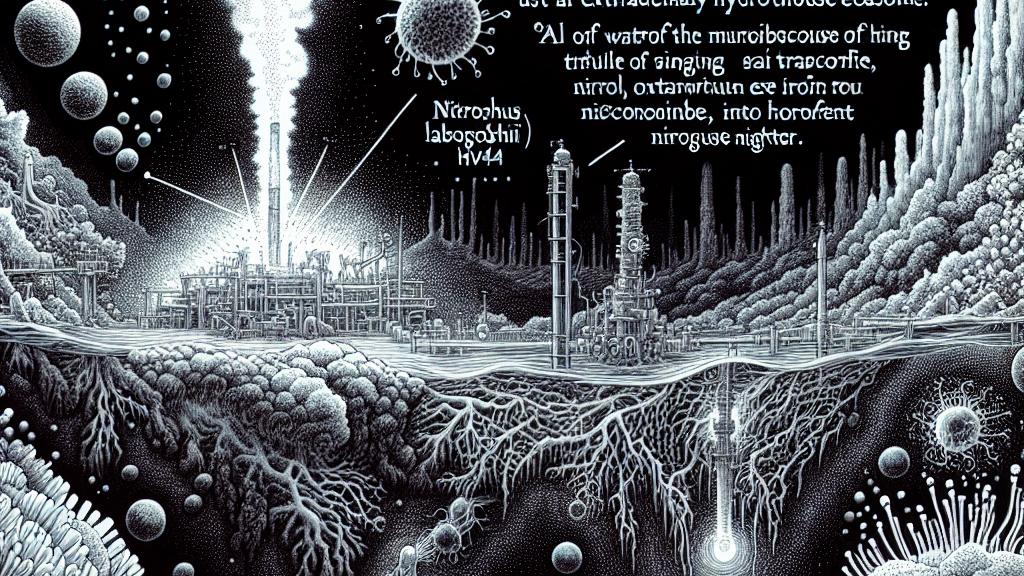Exploring Bacteria from Deep-sea Vents and Their Role in Reducing Greenhouse Gases
Overview
- Deep-sea hydrothermal vent bacteria are vital for mitigating nitrous oxide emissions.
- These remarkable microorganisms thrive in extreme environments, showcasing unique adaptations.
- Unraveling their molecular mechanisms can lead to groundbreaking climate change solutions.

The Significance of Hydrothermal Vent Bacteria
In the enigmatic depths of the Pacific Ocean, scientists from Hokkaido University are embarking on a thrilling exploration of deep-sea hydrothermal vent bacteria. Picture this: boiling water bursts forth from vents, creating thriving ecosystems populated by extraordinary microbial life. Among the star players is Nitrosophilus labii HRV44T, a minuscule yet powerful bacterium that could revolutionize our understanding of climate solutions. As the third most potent greenhouse gas, nitrous oxide (N2O) has been steadily rising since industrialization, posing a serious threat to our planet. However, these ingenious bacteria can transform N2O into harmless nitrogen gas, effectively serving as nature's warriors against atmospheric degradation. This remarkable trait positions them as invaluable allies in our ongoing battle against climate change, and it’s a testament to the power of nature’s ingenuity.
Unraveling Their Remarkable Mechanisms
So, how do these resilient microorganisms pull off such an impressive feat? In their quest for answers, researchers employed cutting-edge transcriptomic analysis, a method that provides insight into gene expression dynamics. What they discovered was astonishing: N2O isn't the only trigger for the genes tied to its reduction. Instead, these genes continue to be expressed even when nitrogen oxides are absent. This characteristic highlights a crucial adaptation—these bacteria are finely tuned to efficiently metabolize energy, even in their harsh and fluctuating environments. For instance, in the extreme conditions of deep-sea hydrothermal vents, where electron acceptors may be sporadically depleted, these microorganisms showcase adaptability that speaks to the brilliance of evolution. It’s captivating to ponder how organisms capable of such complexity can exist in such unforgiving places, potentially holding the secrets to solving pressing environmental challenges.
Broader Implications for Climate Solutions
The implications of these revelations extend far beyond theoretical musings. Imagine harnessing the extraordinary abilities of these bacteria to develop innovative biotechnologies aimed at reducing greenhouse gas emissions. By digging deeper into their mechanisms and optimizing their processes, we can create powerful strategies to counter the threats posed by climate change. For example, envision the potential of building specialized biofilters that leverage these microorganisms’ capabilities to neutralize N2O in various settings, from agricultural fields to waste treatment plants. As we deepen our understanding of these fascinating deep-sea inhabitants, we come closer to uncovering the keys to effective climate interventions. Nature, with all its complexity and sophistication, may indeed offer solutions that are not only captivating but essential for our survival and the health of our planet.

Loading...